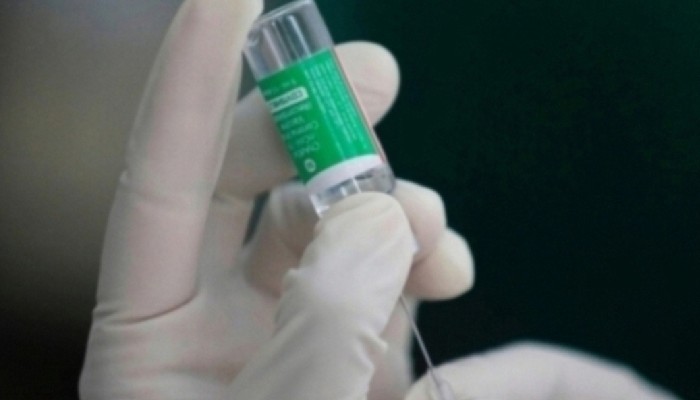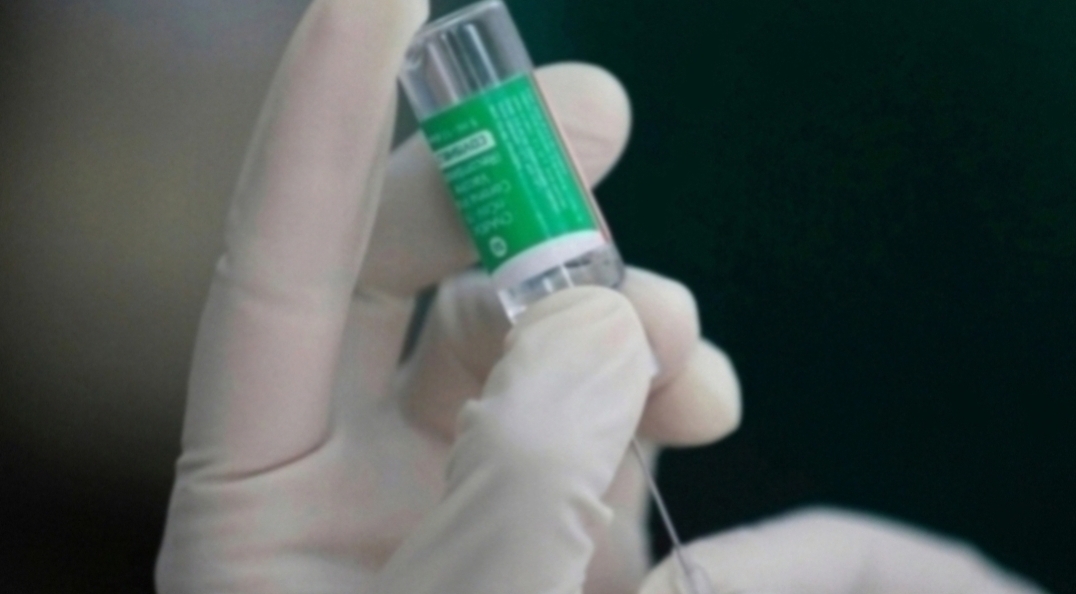The germicidal effects of UVC irradiation with peak intensity at 254 nm results in cellular damage of the virus, thereby inhibiting cellular replication
At the time when priority is laid on keeping hospitals and their surroundings clean of bacteria and viruses, India has developed a Ultra-Violet light based disinfection trolley which is considered to be highly effective in disinfecting both air and solid surfaces.
Developed by International Advanced Research Centre for Powder Metallurgy and New Materials, a research and development centre of Department of Science and Technology and University of Hyderabad together with Mekins Industries Ltd, the disinfection trolley is said to be capable of inactivating microorganisms, such as bacteria and virus in the range of wavelengths between 200 and 300 nm.
DST secretary, Professor Ashutosh Sharma said, “Dry disinfection and sterilization of hospital rooms, instruments and other surfaces in the high-risk areas using a deep ultraviolet light is a good solution, which is implemented by the designer trolley in a compelling package that brings in ease, speed and efficiency.”
With its height 1.6m, width 0.6m and Length 0.9m, the disinfectant trolley consists of 6 UVC germicidal tubes, which are arranged in such a way that 3 sides are illuminated with 2 tubes facing each direction. While these lamps take care of disinfection on the walls, bed, and room air, the floor disinfection is done by 2 smaller UV lights located at the bottom facing the floor. The hospital rooms get disinfected when the trolley is moved around in the room by an operator in protective suit and UV resistant goggles.
“Often, chemical disinfectants are not enough to remove the bacteria and viruses found in hospitals and other contamination prone environment. Rapid decontamination of the used patient-care beds and hospital rooms before admission of subsequent occupants is a major requirement in hospitals in view of the limited availability of beds,” the Ministry of Science and Technology said in its press release on April 25.
Coronavirus is sensitive to UVC light, as in the case of other viruses and bacteria. The germicidal effects of UVC irradiation with peak intensity at 254 nm results in cellular damage of the virus, thereby inhibiting cellular replication. Unlike chemical approaches to disinfection, UV light provides rapid, effective inactivation of microorganisms through a physical process.
On an average, the operator moving the UVC trolley system with an average speed of 5ft/min can cover a room of 400 sq.ft. within 30 minutes for complete (>99%) disinfection. The present system is the first prototype and is readily usable in hospitals and railway coaches that are also being planned for treatment of COVID-19 patients. Systems with smaller dimensions and further automation are in progress in view of rapid disinfection required in aircraft cabins.
The present system has been deployed (along with standard operating procedure and safety instructions) at Employee’s State Insurance Corporation (ESIC) hospital in Hyderabad for field trials. The UV-light disinfection system must be operated in unoccupied rooms after the patient is discharged and in the absence of health personnel.
 Contact Us
Contact Us  Subscribe Us
Subscribe Us









 Contact Us
Contact Us
 Subscribe
Subscribe
 News Letter
News Letter

